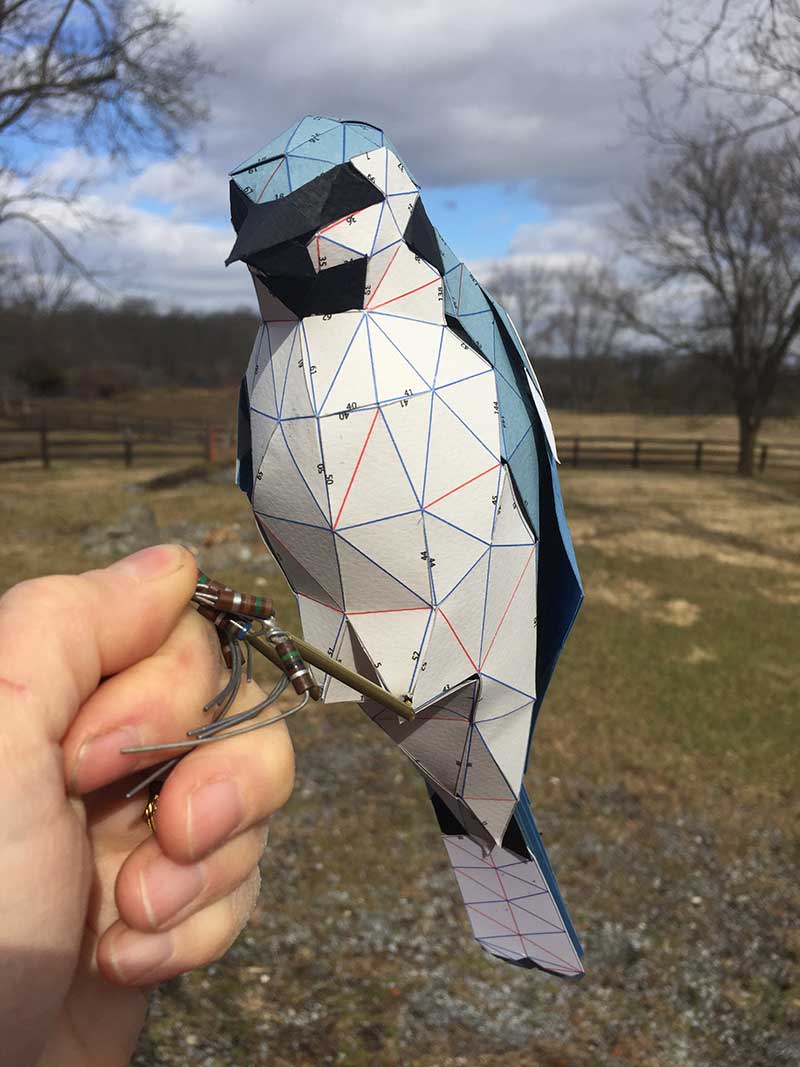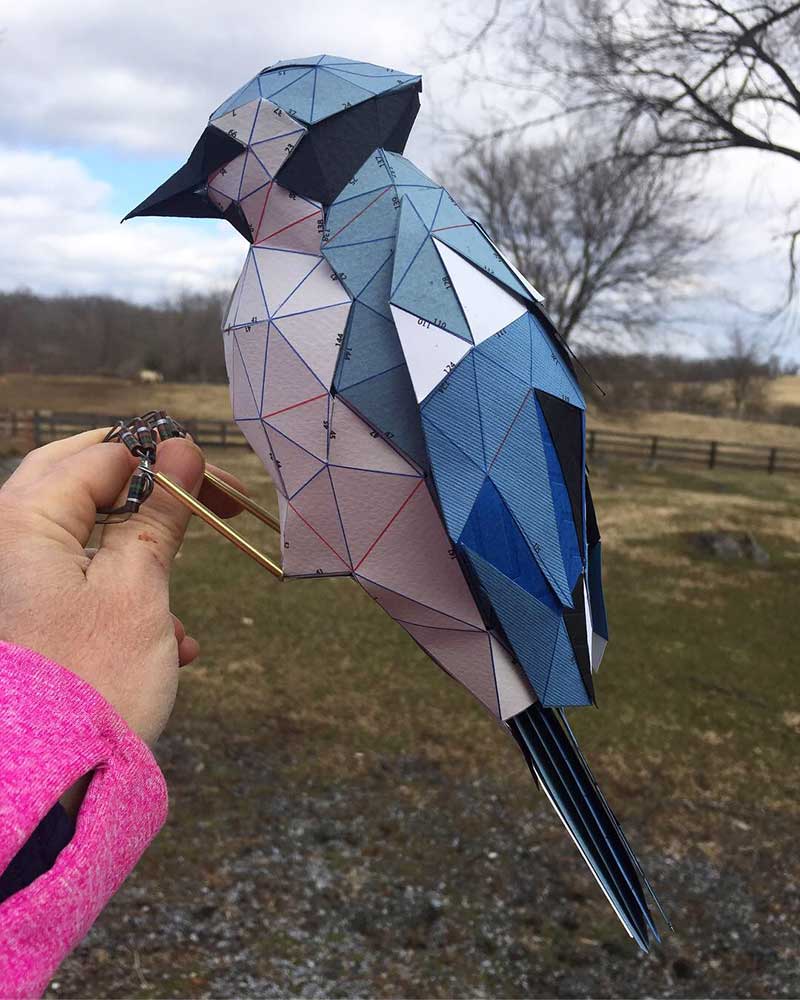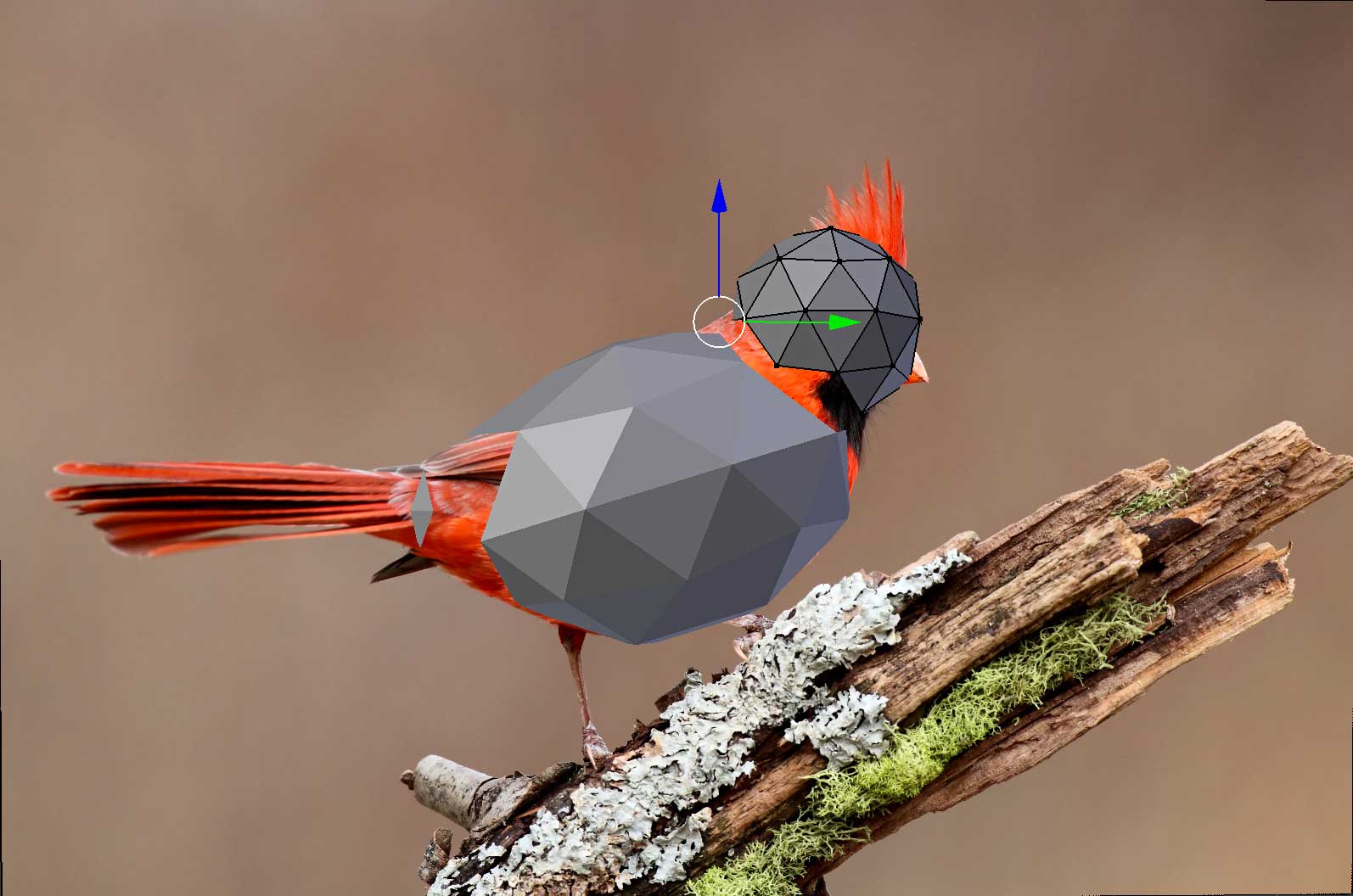I've been remiss in my project documentation since returning from Mexico's Yucatan peninsula (and end-of-year distractions).
This post revisits the bird studies that I built during my time at Tortuga Escondida near Akumal, Mexico. For my residency, I took a miniature version of my electronics workbench with me for five weeks of study in the jungle, where hacking supplies are not only unavailable but subject to failure due to fluctuating voltages, high humidity, sporadic connectivity, jungle wildlife, and mischievous Mayan spirits called "Aluxes." Electricity really is different in the rural Yucatan than most modernized parts of the United States. It was a fascinating albeit frustrating experience to build delicate circuits in such an uncertain environment, especially after my oscilloscope died from any number of mysterious causes. I'm not complaining, though -- it was one of the most memorable experiences of my life and gave me new appreciation for the complex relationships between electricity, nature, and culture. When I left, I donated my electronic supplies to the Akumal community center, hopefully inspiring some intrepid hackers in the pueblo. I plan to return.
Back to my birds. I brought with me several printed schematics and data sheets as a point of departure, and these proved invaluable given my lack of a printer onsite (and unreliable Internet access). The schematics were all different strategies to produce simple, bird-like chirping sounds for novelty (like a doorbell that sounds like a squawking parrot). Here's an abbreviated list of the circuits that I tried during my time down there:
Wilf's Bird Sound Generator. This BEAM circuit is an ingenious use of a hex inverter chip with effects that are fun to play with due to feedback. I built several different bird sounds with this as the basis, including my recent "singing mama" bird.
Parrot Sound Generator. There are multiple circuits included on this page, but the parrot sound generator was the only one that really intrigued me. It uses a center-tapped transformer as well as an inductor (or one side of a second transformer) to create a chirping sound thanks to some cool physics. All circuits are thanks to physics, but here it's really obvious because you're basically listening to electricity flow through a coil. The easiest component to use for the non-center tapped coil is an inductor. Out of curiosity, I tested an old transformer that I found in Mexico and the results were intriguing. As you would imagine, it sounds "big" as compared with a smaller inductor.



























































